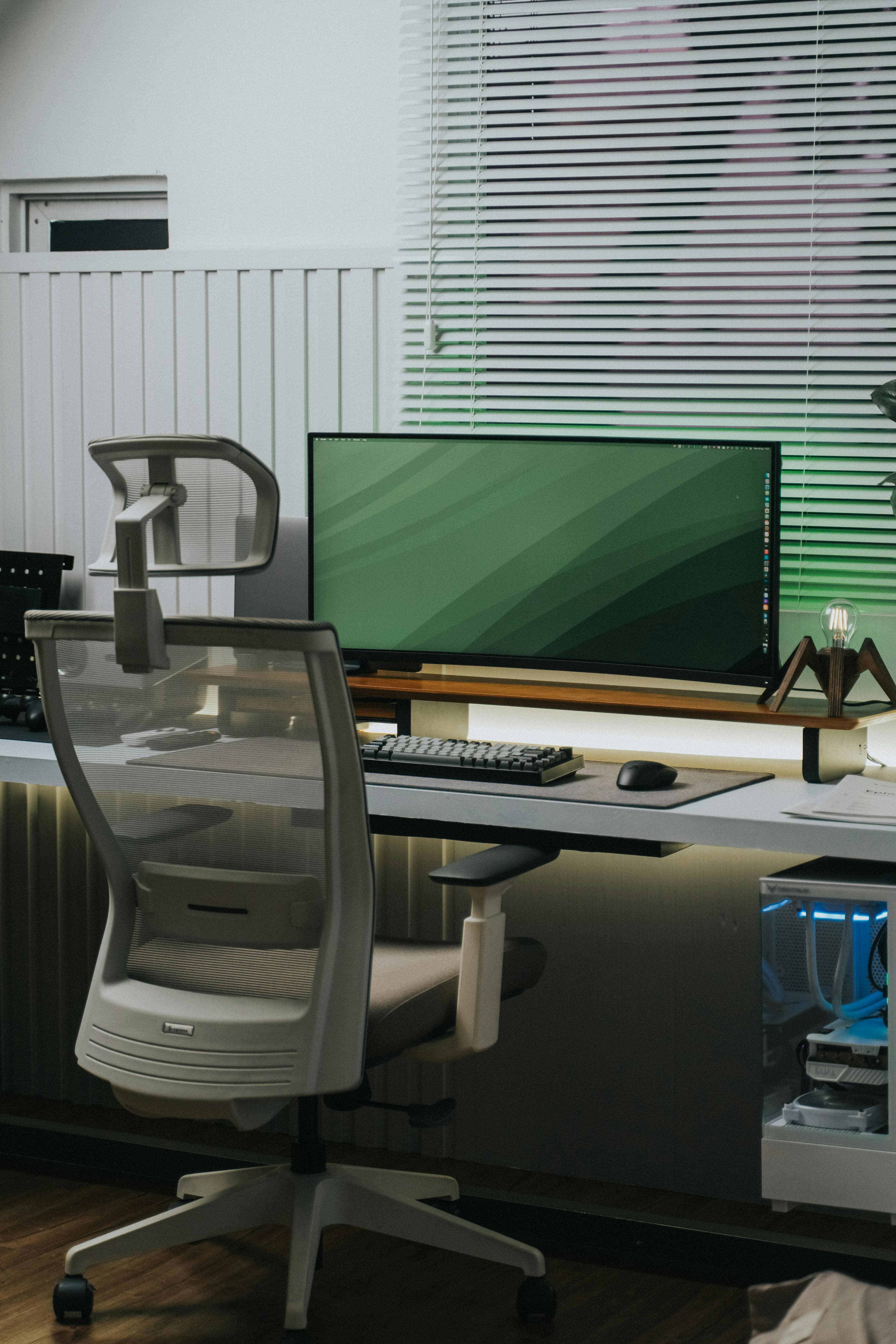How to Fix Desktop Audio Issues
Experiencing audio problems on your desktop can be frustrating, especially when you're in the middle of an important task. Whether it's no sound, poor sound quality, or intermittent audio, these issues can usually be resolved with a few troubleshooting steps. Here’s a detailed guide on how to fix common desktop audio problems.
1. Check the Hardware Connections
Before diving into more complex solutions, it's essential to ensure that all your audio hardware connections are secure.
- Inspect the Speaker/Headphone Connection: Make sure your speakers or headphones are properly plugged into the correct audio jack on your desktop. This is typically marked by a small headphone icon or might be color-coded (usually green).
- Test with Different Devices: If possible, connect your speakers or headphones to another device to check if they are working correctly.
2. Verify the Volume Settings
It’s common to overlook simple settings such as volume control.
- Check System Volume: Ensure that the system volume is turned up and not muted. You can find the volume icon in the system tray at the bottom right of your screen.
- Volume Mixer: Right-click the volume icon and select 'Open Volume Mixer' to see if any applications are muted or have their volume set too low.
3. Update or Reinstall Audio Drivers
Outdated or corrupted audio drivers can cause sound problems.
- Device Manager: Press
Win + Xand select 'Device Manager'. Under 'Sound, video and game controllers', find your audio device, right-click it, and select 'Update driver'. - Manufacturer’s Website: For the most reliable update, visit the manufacturer's website of your audio device or motherboard to download the latest driver.
4. Change Audio Output in Sound Settings
Sometimes, the problem might be due to your system sending audio to the wrong output device.
- Sound Settings: Right-click the volume icon and select 'Sounds'. Go to the 'Playback' tab, ensure your preferred audio device is set as default (usually marked with a green tick), and click 'OK'.
5. Run the Windows Audio Troubleshooter
Windows includes a built-in tool to help diagnose and fix sound problems.
- Troubleshooter: Right-click the volume icon, select 'Troubleshoot sound problems', and follow the on-screen instructions.
6. Check for Windows Updates
Sometimes, a simple update can resolve underlying issues.
- Update Windows: Go to 'Settings' > 'Update & Security' > 'Windows Update', and click 'Check for updates'.
7. Restart Audio Services
Restarting Windows audio services can refresh the audio system.
- Services: Press
Win + R, typeservices.msc, and press Enter. Scroll down to 'Windows Audio', right-click it, and select 'Restart'.
8. Consult with Mavyn Experts
If you've tried all the above steps and still face issues, it might be time to get professional help.
- Mavyn GPT: Chat with Mavyn GPT for AI-driven assistance.
- Human Expert: Connect with a human expert at Mavyn who can provide personalized guidance and support.
Audio issues on your desktop can stem from various sources, but with these steps, you should be able to resolve most problems quickly. If you need further assistance, remember that Mavyn is here to help with both AI and human expert services.
